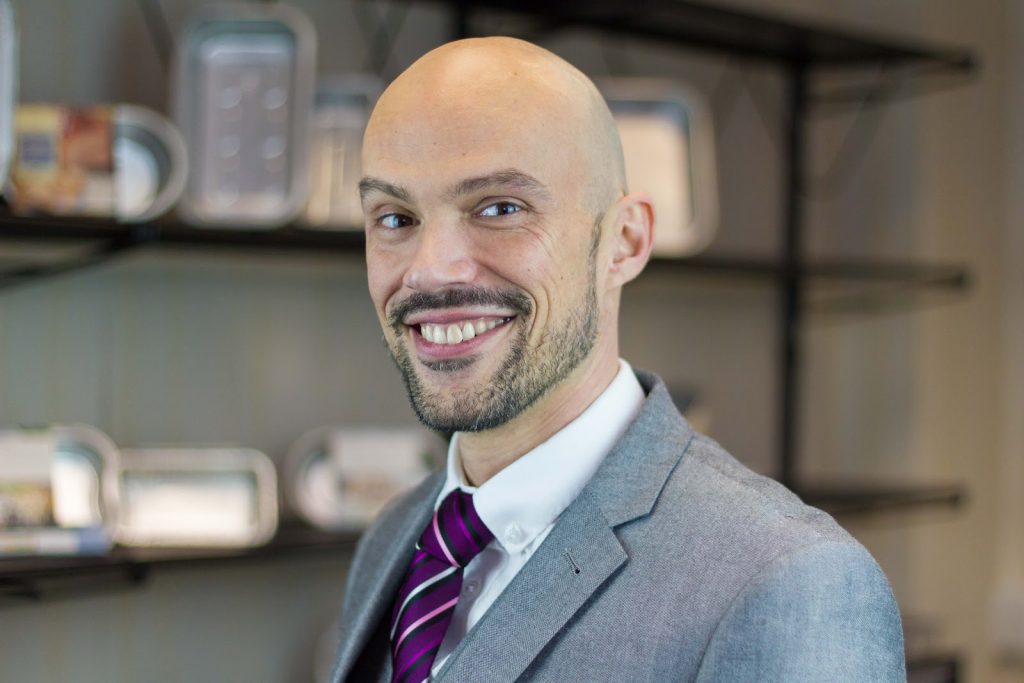Every industry has misconceptions. Misinformed ideas that have been passed on through the years. Miguel Campos, export sales manager at food packaging supplier, Advanta, quashes the current packaging misconceptions surrounding ready meal manufacturing.
Transitioning from plastic is expensive?
Today’s consumer is more environmentally-conscious than ever before. We all know the arguments against plastic, but transitioning to a recyclable material, such as aluminium, can feel like a giant leap of faith.
Luckily, it can be a simple switch. There are identical aluminium equivalents to existing plastic packaging products, meaning you can use the same conveyors, machinery and processes as before. For example, a D13-50 plastic tray is an exact match to the CS-441465 aluminium tray, suitable for film sealing in the same way as its predecessor — all it requires is a higher temperature.
The upfront cost per unit of aluminium could be potentially higher than some kinds of plastic packaging; however, the return on investment comes from the consumers opting for this material choice as an environmentally friendly option. Equally, the well-maintained scrap value of aluminium, means food manufacturers have the opportunity to sell unused aluminium packaging back to their packaging suppliers.
You cannot microwave aluminium
We’ve all been warned not to use metal in a microwave at one time or another, so you’d be forgiven for thinking all metal is strictly banned from the microwave. However, this isn’t the case. The United States Department of Agriculture (USDA) has a list of safe and unsafe containers for microwaving, as well as guidelines for cooking safely. It explains that food packaged in foil containers is safe to be microwaved.
As long as the lid is removed before cooking and the tray is not in contact with the walls of the microwave, using Advanta’s smoothwall trays in a modern domestic oven is a perfectly safe cooking option. This means a foil tray ready meal can be marketed for its convenience, recyclability and its full range of cooking options.
Pasteurisation is just for milk
Wrong again. Pasteurisation, drying, chilling, freezing, and modified atmosphere packaging (MAP) describe just some methods of food preservation. While longer shelf lives used to require packaging food with salt and preservatives, times have changed. Today, there are many methods to choose from.
Pasteurisation for example, works by heating the food to specific temperatures for a certain period of time, killing the bacteria. The food is then refrigerated. Pasteurisation is a great way to heat treat food, extending the shelf life considerably without compromising the food’s taste, aroma and nutritional values.
Challenges have occurred for manufacturers previously, in finding packaging that can withstand the high temperatures associated with this shelf life extension technique. Luckily, aluminium trays can be coated in a specially developed layer for heat-stability, able to withstand temperatures of up to 240 degrees Celsius.
Sustainability, convenience and shelf life are just a few of the ever-changing challenges set by retailer and consumer, and in this climate of potential business growth, there really is no room for misconceptions. Make informed decisions on your packaging choices, and question what you think you know.



